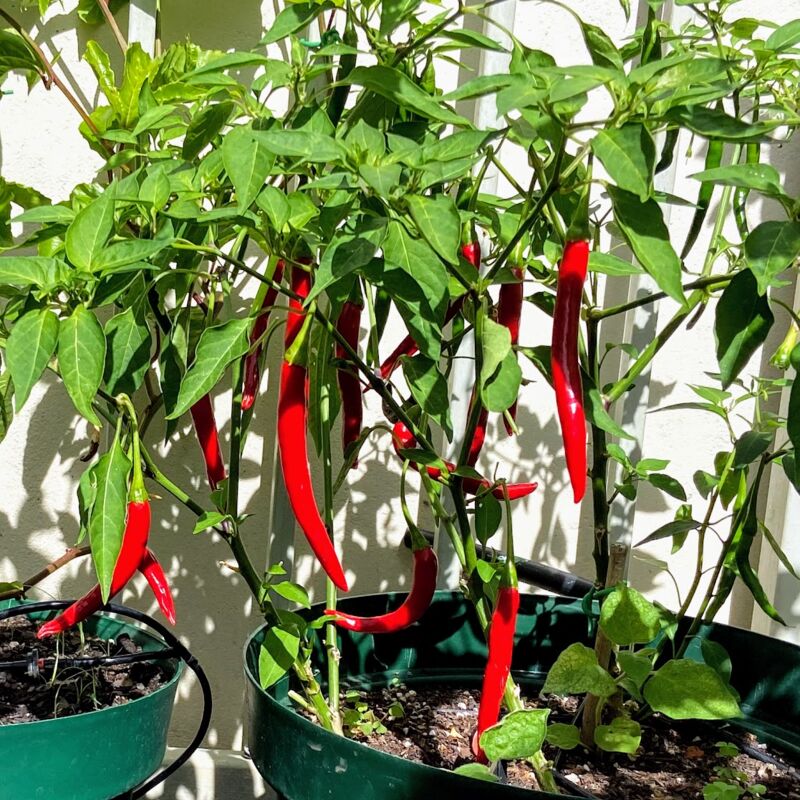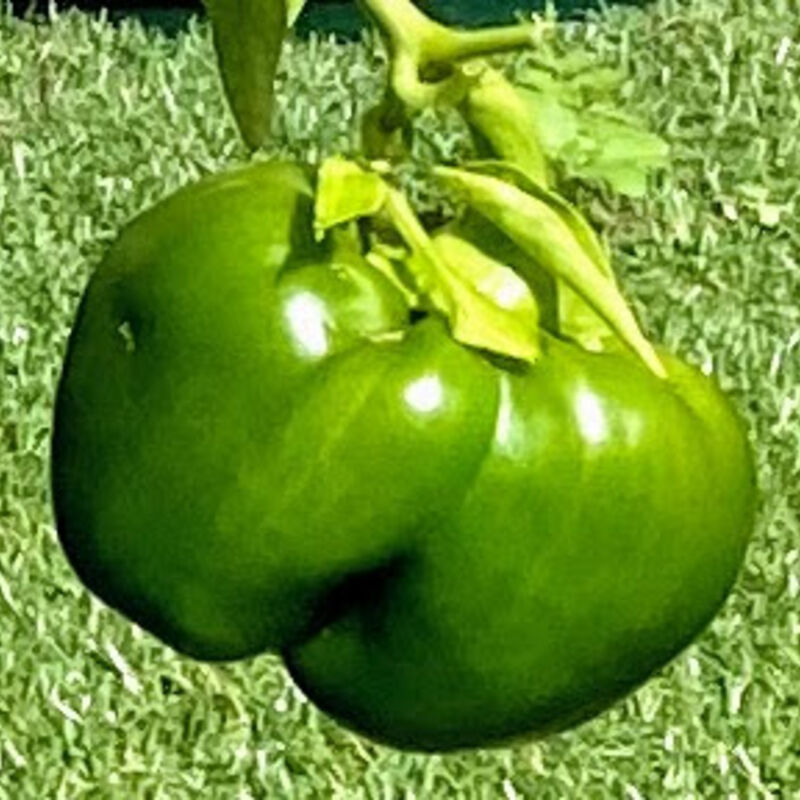Culinary and why the pain?

Culinary - why the pain / pleasure?
The reason
Other possible benefits?
In 1998, researchers at Cornell University pointed out that the greater use of spices in countries such as India, Thailand and China was likely to be linked to their anti-microbial function. Research has shown that chillies evolved to repel microbes. This was of great value in the days before medicine and refrigeration, when, particularly in the tropics, people were vulnerable to bacteria that could harm them directly or cause their food to spoil. Chillies kill or inhibit 75% of such pathogens.
That may just explain the spice's world-conquering success. Just two or three years after Columbus brought capsicum seeds back from the New World in 1493, Portuguese merchants took the plants to Asia, where they would transform the cuisine.
Some researchers say that capsicum slows and inhibits the growth of fat cells. It activates AMP-activated protein kinase (AMPK), which in turn regulates eating behaviour and energy expenditure.
Why do birds eat chillies?
The plant produces capsicum to protect its seed from the mammals, which find this taste unpleasant, and from insects. Birds cannot feel it, so plants use them to spread the seed.
Bell peppers
Other possible benefits?
In 1998, researchers at Cornell University pointed out that the greater use of spices in countries such as India, Thailand and China was likely to be linked to their anti-microbial function. Research has shown that chillies evolved to repel microbes. This was of great value in the days before medicine and refrigeration, when, particularly in the tropics, people were vulnerable to bacteria that could harm them directly or cause their food to spoil. Chillies kill or inhibit 75% of such pathogens.
That may just explain the spice's world-conquering success. Just two or three years after Columbus brought capsicum seeds back from the New World in 1493, Portuguese merchants took the plants to Asia, where they would transform the cuisine.
Some researchers say that capsicum slows and inhibits the growth of fat cells. It activates AMP-activated protein kinase (AMPK), which in turn regulates eating behaviour and energy expenditure.
Why do birds eat chillies?
The plant produces capsicum to protect its seed from the mammals, which find this taste unpleasant, and from insects. Birds cannot feel it, so plants use them to spread the seed.
Bell peppers

Bell peppers can be eaten raw, cooked, roasted, fried, dried or pickled, and bell pepper pieces are commonly used in garden salads and as toppings on pizza or cheesesteaks. There are many varieties of stuffed peppers prepared using hollowed or halved bell peppers.
Peppers can stay refrigerated for five days if it is placed in a plastic bag. Green peppers last longer than ripened ones, and if they are frozen, they can last much longer.
Contents and nutritional value of bell peppers
Bell peppers are 94% water, 5% carbohydrates, and negligible fat and protein. They are rich sources of vitamin C, containing 97% of the Daily Value (DV) in a 100-gram serving. Their vitamin B6 content is moderate (17% DV), with no other micronutrients present in significant amounts. Red bell peppers have approximately twice the vitamin C and eight times the vitamin A content as green bell peppers.
The bell pepper is the only member of the genus Capsicum that does not produce capsaicin, a lipophilic chemical that can cause an intense burning sensation when it comes in contact with mucus membranes. The scored the lowest level on the Scoville scale.
Chilli peppers are eaten every day by a quarter of the earth's population. Learn why in the history section.